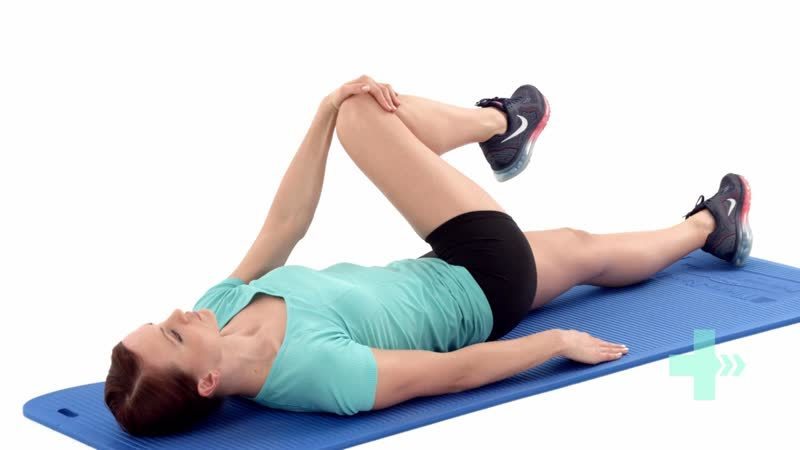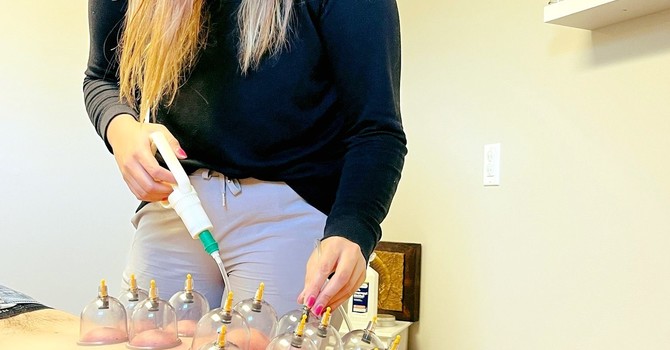
Piriformis syndrome is a condition characterized by pain, tingling, or numbness in the buttocks, which can radiate down the leg. It occurs when the piriformis muscle, located in the buttocks near the top of the hip joint, compresses or irritates the sciatic nerve. The piriformis muscle plays a role in hip rotation and stability. Piriformis syndrome occurs when this muscle spasms or tightens and compresses the sciatic nerve, which runs underneath or through the muscle in some individuals.Here are some key points about piriformis syndrome:
1. Symptoms: The most common symptom is pain in the buttocks that may radiate down the back of the leg (sciatica-like pain). This pain can worsen with prolonged sitting, walking, or climbing stairs. Some people may also experience tingling, numbness, or a sensation of pins and needles along the path of the sciatic nerve.
2. Causes: The exact cause of piriformis syndrome isn't always clear. It can be due to overuse or strain of the piriformis muscle, trauma (such as a fall or direct blow to the buttocks), or anatomical variation (such as the sciatic nerve passing through or under the piriformis muscle instead of beneath it). This is often seen post-birth, athletes, people who have jobs where they sit or stand for long periods of time.
3. Diagnosis: Diagnosis is typically made based on a combination of symptoms, physical examination, and sometimes imaging tests like MRI or ultrasound to rule out other conditions causing similar symptoms, such as a herniated disc. Imaging is only used when after a certain trial of treatment if symptoms are not getting any better and we may suspect something else is going on.
4. Treatment: Treatment options for piriformis syndrome include:
- Activity modification: If you are experiencing piriformis syndrome because you are sitting on your glute muscles all day, we may start to implement a routine that gets you up every so often and gets you moving!
- Stretching and strengthening exercises: We will be focusing on stretching the piriformis muscle and strengthening surrounding muscles. This includes digging into the glutes and surrounding muscles. Cupping therapy to help bring blood flow to the area and decrease inflammatoin.
- Functional Nutrition: Turmeric may help relieve pain and inflammation. Magnesium is a natural muscle relaxer, things such as a warm epsom salt bath can loosen muscles up.
- Dry Needling: Dry needling can be great to get even deeper into the muscle if we are having difficulty releasing the muscles.
- Adjustments: Adjustments can help ensure the pelvis is alighned so that there is not any unnecessary pressure and torsion further causing problems.
Piriformis syndrome can vary in severity and duration. Some people recover fully with conservative treatments, while others may experience chronic symptoms requiring ongoing management. It's essential to work with healthcare professionals to determine the best treatment plan tailored to individual symptoms and circumstances.

Zoelle Reinke
Contact Me


